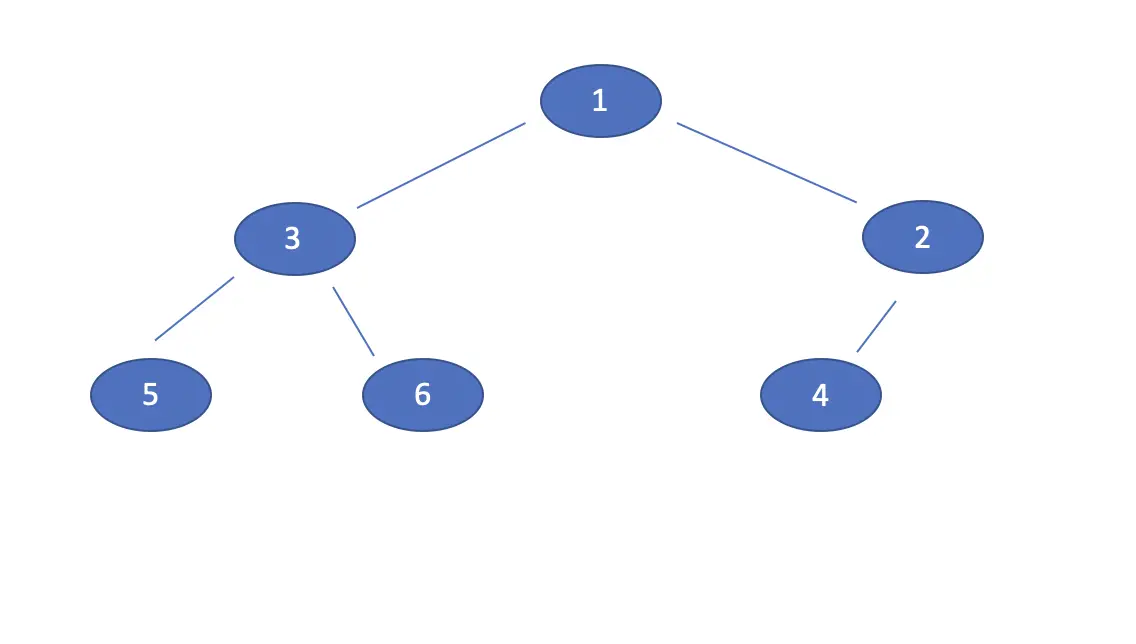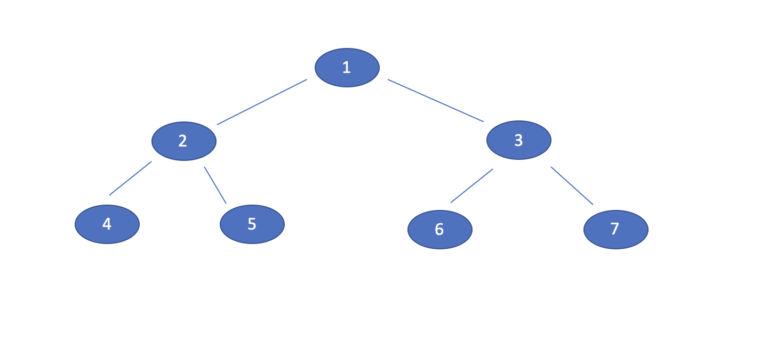


Returns a value that indicates whether there is a minimal element in the PriorityQueue, and if one is present, copies it and its associated priority to the element and priority arguments.

Removes the minimal element from the PriorityQueue, and copies it and its associated priority to the element and priority arguments. Sets the capacity to the actual number of items in the PriorityQueue, if that is less than 90 percent of current capacity. Returns a string that represents the current object. Returns the minimal element from the PriorityQueue without removing it. Removes and returns the minimal element from the PriorityQueue - that is, the element with the lowest priority value.Īdds the specified element with associated priority to the PriorityQueue.Īdds the specified element with associated priority to the PriorityQueue, and immediately removes the minimal element, returning the result.Įnqueues a sequence of elements pairs to the PriorityQueue, all associated with the specified priority.Įnqueues a sequence of element-priority pairs to the PriorityQueue.Įnsures that the PriorityQueue can hold up to capacity items without further expansion of its backing storage.ĭetermines whether the specified object is equal to the current object.Ĭreates a shallow copy of the current Object. This implementation is based on a heap, which we. Removes all items from the PriorityQueue. Java provides a class, although surprisingly no interface for a general priority queue. Gets a collection that enumerates the elements of the queue in an unordered manner. Gets the number of elements contained in the PriorityQueue.
DECLARE PRIORITY QUEUE JAVA CODE
The efficient way of declaring PriorityQueue is case 1 which is to declare a priority queue as priorityQueue because it improves code readability and avoids causing errors. Gets the priority comparer used by the PriorityQueue. In general, the first case should be used to avoid errors. Initializes a new instance of the PriorityQueue class with the specified initial capacity and custom priority comparer. An unbounded priority queue based on a priority heap. The Demo class takes in the name and the age.

Now, the Comparator is implemented by a newly created class and the compare function compares two values from the two instances of Demo class. If the priorities are the same, the ones that join the queue earlier are taken out first compared with the time they join the queue. Initializes a new instance of the PriorityQueue class with the specified initial capacity. The priority queue is checked whether it is empty, and if not, the poll function is called on the priority queue and its name is obtained. When the tasks are taken from the queue, they are taken according to the priority size, and the tasks with the larger priority are taken out first. Initializes a new instance of the PriorityQueue class that is populated with the specified elements and priorities, and with the specified custom priority comparer. Initializes a new instance of the PriorityQueue class that is populated with the specified elements and priorities. Initializes a new instance of the PriorityQueue class with the specified custom priority comparer. Initializes a new instance of the PriorityQueue class. Note that the type does not guarantee first-in-first-out semantics for elements of equal priority. Elements with the lowest priority are dequeued first. Each element is enqueued with an associated priority that determines the dequeue order. Here's an example of a priority queue sorting by string length: // Test.Implements an array-backed, quaternary min-heap. Although add and offer have potentially different behaviour in general due to the ability for offer to indicate that the value can't be added due to size limitations, this difference is irrelevant in PriorityQueue which is unbounded. In the JDK source I've got, add calls offer. This Queue can now only have MyObject instances inserted into it.
(It's pretty straightforward though.)Īs has been said elsewhere: offer and add are just different interface method implementations. QueueIf you give an example of how you want to sort, we can provide some sample code to implement the comparator if you're not sure. Each element in a priority queue has an associated priority. All operations that add an element to the unbounded queue will never block, thus it could grow to a very large size. A priority queue is an abstract data-type similar to regular queue or stack data structure.
Use the constructor overload which takes a Comparator comparator and pass in a comparator which compares in the appropriate way for your sort order. Creating unbounded queues is simple: BlockingQueue

 0 kommentar(er)
0 kommentar(er)
